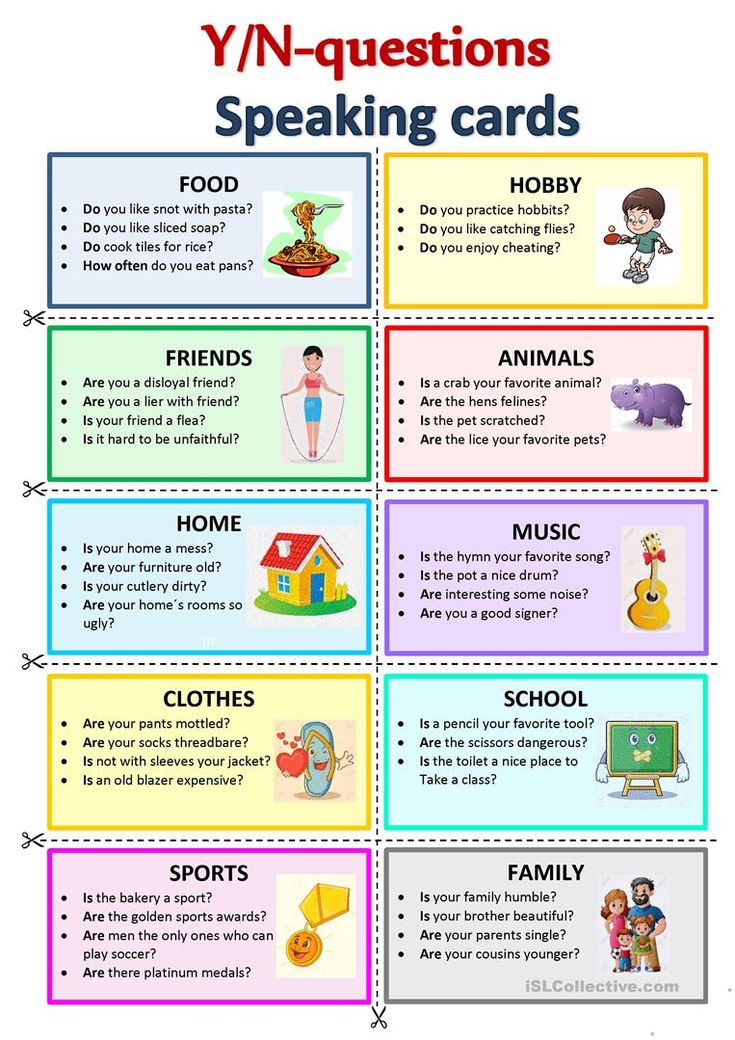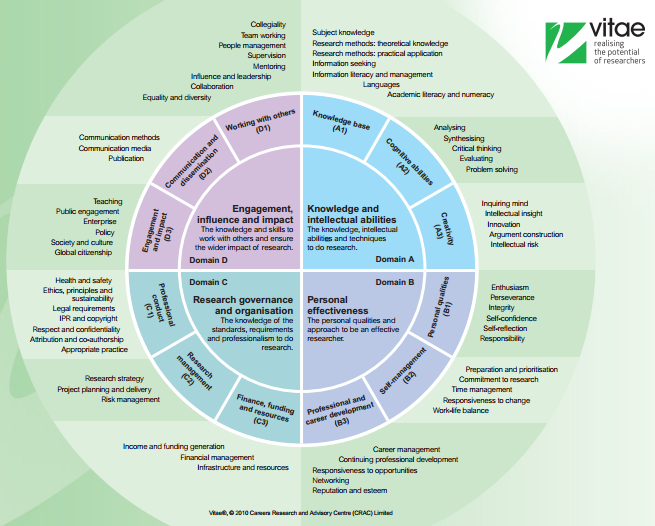Letter m for monkey
Letter M for Monkey - Confessions of a Homeschooler
Alphabet / Homeschool
I’ve had several requests to issue an alternative to my Letter M for m&m;’s activities due to dietary restrictions, so with that, I present to you the Letter M for Monkeys!
Currently, I do not plan to change this in my Letter of the Week curriculum unless there’s an uproar and everyone would prefer monkey’s to m&m;’s. So for now this option is a stand alone, download as you like letter set. Hope you like it!
Letter M Memory Verse:
“My sheep listen to my voice; I know them, and they follow me.” John 10-27
Play a game of “follow the Shepherd”, blind fold your kids and have them follow your voice!
Read Chicka Chicka Boom Boom and put up the letter M on our Alphabet Tree! You can download my small alphabet letters here.
Song time:
Hide ‘Em in Your Heart Vol 1
Hide ‘Em In Your Heart Songs – Vol 2
Large Floor Numbers: These are 8x10ish and I cut them out and put them on the floor in mixed or numerical order. Then we play a game where I call out a number and she hops to it! Great for number recognition and a little exercise as well!
Letter M Tracing: I laminate this and use with Expo Dry Erase Markers for pre-writing practice skills.
Letter M Cutting Practice: Simple, just practice cutting along the lines.
Letter M Magnet Page: I use these magnets from Amazon: 100 Pcs Power Magnets
Monkey Pattern Activity: Cut out the attached pieces and continue the pattern!
Monkey Puzzle: There are cut-lines on this puzzle to make a fairly simple 6 piece puzzle.
Large Letter Lacing cards: I laminate these and then hole punch every inch or so. We also discovered we could build the letters using our 1″ building cubes, we do alternating colors to make a pattern at the same time! 2 for 1!
Monkey Counting: Simply count the monkeys on each card then put the correct number on them! I put velcro dots on the blank part of the cards as well as the numbers so they stay on.
Monkey Shape puzzles: I laminate these then cut them in half in various ways to make cute little puzzles.
Monkey Number Cards: You can use these little guys in a couple ways; Have your child put them in numerical order, put mini-clothes pins on them (the correct number of pins based on the number on the card) or colored paperclips, or hey, even m&m;’s!
Monkey Letter Matching: I use uppercase disks and lowercase letter disks with this game. If you’re looking for more challenge, give this game to your student as a capital/lowercase matching game by using the uppercase card with the lowercase letter disks or visa versa! Click here to see the process of making the letters.
Monkey Lacing Cards: I laminate this one for sure, just for durability. Teach your child how to make patterns while lacing, for example go in-out-in-out, or always go up from the bottom, see the different lacing patterns you can make!
Monkey Size Sort: Simple, just put the m&m;’s in order smallest to biggest, then visa versa!
Capital/Lowercase Mm sorting game: Use the game pieces on page 2 of this download to sort the capital and lowercase M’s.
Letter M Scavenger Hunt: Fill your box with things that start with M!
Monkey Pre-Writing Skills: I laminate these, then hole punch the upper left corner, and bind with a keyring. Then we use dry-erase to practice our pre-writing skills.
Monkey Building Cards: These activities are great for spatial relations, patterns, logical reasoning, geometric concepts, & computation skills. Page 2 contains monkey cards that you can use to build/copy the pattern on the building card.
Letter M Do-A-Dot page: We use Do-a-Dot Art Markers with this!
Monkey Coloring Sheet: Can be used with markers, crayons, paint or whatever else you would like!
Letter Collage Worksheets: The down load includes letters A-Z as well as a collage idea sheet. We use the collage items as objects to decorate our letters for an alphabet book. We also color, paint, and stamp them. Since we use both upper and lowercase, I have provided both for you! Click here to download the Letter Collages:
- Uppercase A-Z Worksheets
- Lowercase a-z Worksheets
Foam Letter Builders: I cut the shapes from foam and let her use them to make the letters. You could also use my Magnetic Letter Builders as well!
You could also use my Magnetic Letter Builders as well!
11 x 11 Pin Geoboard: We use these to make letters, numbers, shapes etc!
Science Experiment:
1. Floating M’s: check out Candy Experiments for a fun science project with m&m;’s! (p.s.. they have lots of other fun ideas too!)
2. Color Separation (Chromatography)
Family Fun Night:
Moose Munch Moose Munch can be anything you like. When I make it, I just pop some popcorn and mix it with other things that the kids like. You can use M & M’s, nuts, pretzels, etc. Put it into baggies and the kids will think it is real Moose Munch. (If you want to try some grown-up Moose Munch, you have got to try Harry and David’s Moose Munch.)
Movie Night:
Veggie Tales: Minnesota Cuke and the Search for Noah’s Umbrella
Madagascar
Monsters, Inc.
You can get all of my Letter of the Week alphabet printables, along with daily lesson plans below!
Credit:
The cute little monkey’s used in this set are from
Mindy Terasawa at www. designerdigitals.com
designerdigitals.com
erica
I am a Christian, mom, wife, homeschooler, YouTuber, author, and quilter.
View all posts by erica
Disclosure: Some of the links in this post may be affiliate links. I am also an Amazon Affiliate. If you purchase through my link, you won’t pay a penny more, however I will receive a small percentage back. Thank you for helping support my blog in this way! That said, I do NOT recommend anything that we do not use and love!
Alphabet Letter M Monkey Preschool Lesson Plan Printable Activities and Worksheets
Alphabet > Letter M · Animals > Mammals > Endangered > Rainforest > Monkey [en español]
Holidays & Events > Jan or Feb > Chinese New Year - Jun > Zoo &
Aquarium Month - Dec >
14th Monkey Day - 27th Visit the Zoo Day
Animals > Mammals > Jungle · Rainforest > Monkey >
Visit the monkey
lesson plan activities to learn about monkeys, and include a
printable craft activity.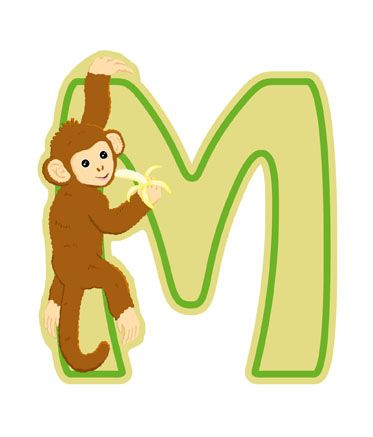 The monkey is one of the twelve animals represented in the Chinese
zodiac, and appropriate theme for Chinese New Year celebrations.
The monkey is one of the twelve animals represented in the Chinese
zodiac, and appropriate theme for Chinese New Year celebrations.
Materials:
- printer
- paper
- coloring & writing supplies
- sheet protectors for handwriting worksheets
Alphabet Activities > Letter M is for Monkey
Present the letter M monkey six-piece online jigsaw puzzle to practice problem solving and view letter M in upper and lower case.
Present and display the poster and your option of printable activities in the materials column.
Children age 3 and under:
Print this toddler coloring page with large bubbly font, color, paint or decorate with fingerprint ants or,
Print a letter M coloring page D'Nealian or Standard
Block and a monkey
coloring page
behind it or on a separate page if using paints to
decorate later.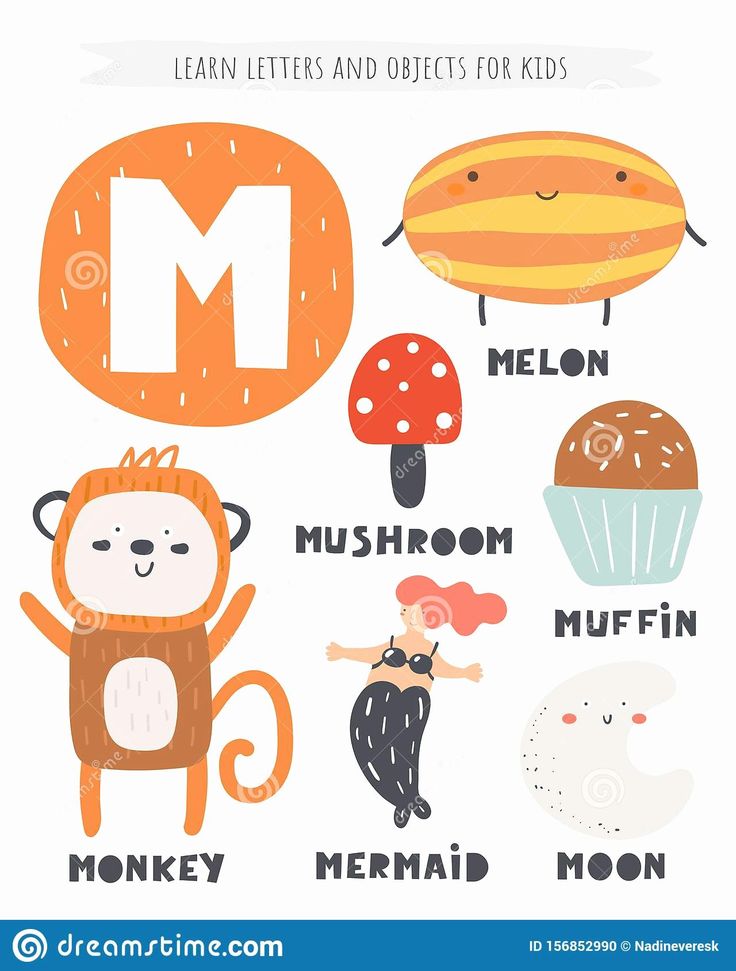 Discuss other letter M words found on the worksheet.
Discuss other letter M words found on the worksheet.
Finger Tracing: Trace letter M's in upper and lower case with your finger as you also sound out the letter. Invite the children to do the same on their coloring page.
Children can trace and color the letter M's. After completing coloring the letter, encourage children to color the monkey coloring page and write letter M m and the word monkey on the margins.
Children Ages 3+:Present the Letter M Activity Worksheet and Mini Book program. Read suggested instructions for using the worksheet and mini-book. These materials can be used as part of Letter M program of activities to reinforce letter practice and to identify related M words.
Discuss other letter M words and images found in the worksheet. You can also display letter M posters and
coloring pages or make a letter M classroom book.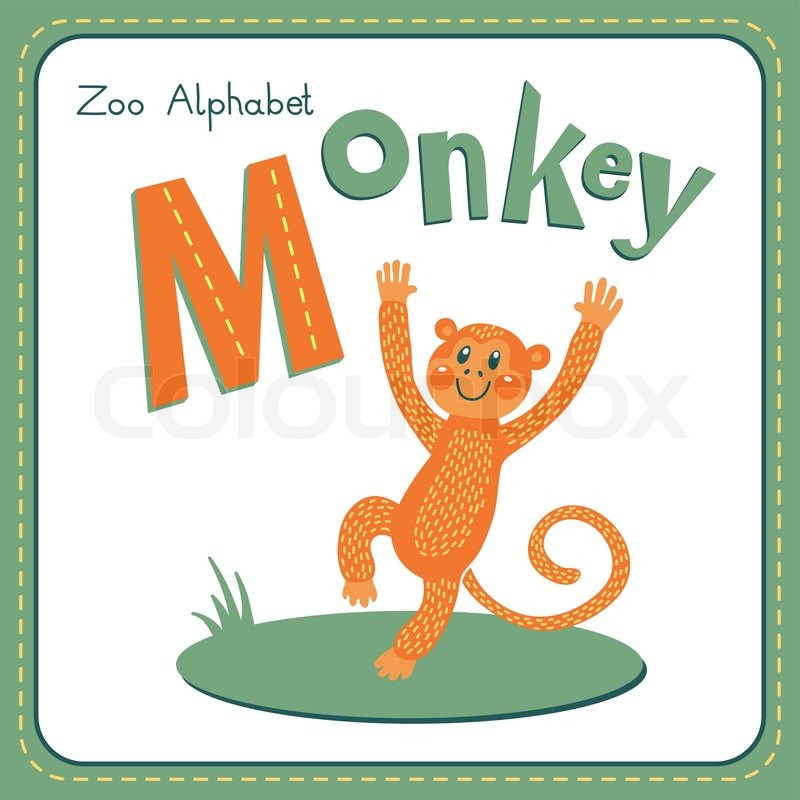 For
related images visit: Letter
M Printable Activities.
For
related images visit: Letter
M Printable Activities.
Finger and Pencil Tracing: Trace letter M's in upper and lower case with your finger as you also sound out the letter. Invite the children to do the same on your worksheet. Encourage the children to trace the dotted letter, and explain the direction of the arrows and numbers that help them trace the letter correctly. During the demonstration, count out loud as you trace so children become aware of how the number order aids them in the writing process.
Find the letter M's: Have the children find all the letter M's in upper and lower case on the page and encourage them to circle them first.
Letter M Word Search & Handwriting Practice: The word search game features a monkey and letter M words with pictures and handwriting practice.
Advanced independent handwriting practice:
1. Print your choice of printable
lined-paper and encourage children to draw a monkey behind
the page or print a monkey
coloring page.
2. Drawing
and writing paper: Encourage children to draw and color a
monkey and
write letter M m.
Complementary activities:
monkeys coloring pages
Letter M -- Mammals > Endangered >
MONKEY CATALOG
Saimiri, or squirrel monkey (Saimiri sciureus)
They belong to the broad-nosed monkeys, or monkeys of the New World, that is, Central and South America. They live in Brazil, Peru, Panama, Colombia.
Small monkeys, 25-35 cm long, tail longer than body. Weight of an adult male 0.5-1.2 kg,
females 0.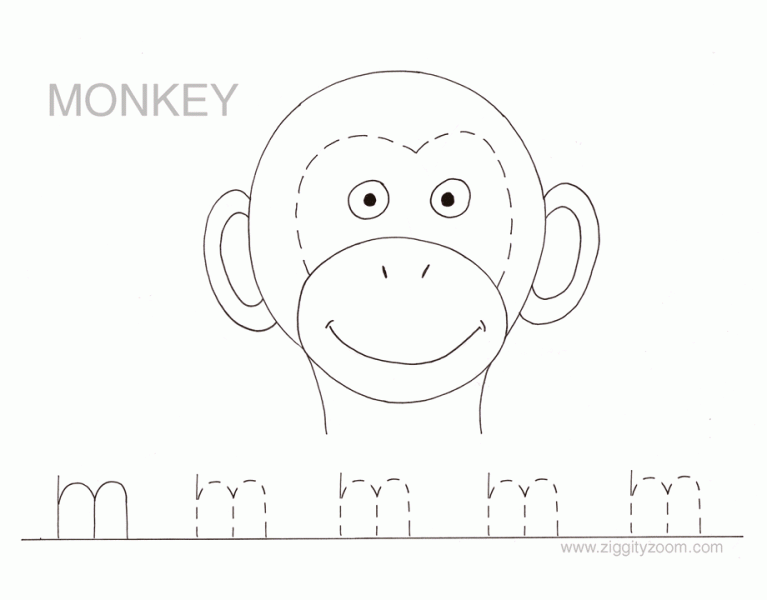 3-0.7 kg. They feed mainly on plant foods, fruits, nuts, berries, as well as insects and small animals.
3-0.7 kg. They feed mainly on plant foods, fruits, nuts, berries, as well as insects and small animals.
Capuchins (Cebus spp.)
They belong to the broad-nosed monkeys. They live in a fairly large area of South America, from Honduras to southern Brazil.
Body length 32-57 cm, tail about the same length, prehensile. The sizes of males and females are about the same. Powerful fangs in both males and females.
Predominantly dark, coloration with different arrangement of light markings in different species. They feed on fruits, berries, young shoots, insects, bird eggs, and small vertebrates. Well trained, often "play" in feature films.
Patas, red monkey (Erythrocebus patas)
They belong to the New World monkeys, that is, Central and South America. They live in Brazil, Peru, Panama, Colombia.
Small monkeys, 25-35 cm long, tail longer than body. Weight of an adult male 0.5-1.2 kg,
females 0.3-0. 7 kg. They feed mainly on plant foods, fruits, nuts, berries, as well as insects and small animals.
7 kg. They feed mainly on plant foods, fruits, nuts, berries, as well as insects and small animals.
Green monkey (vervet, grivet) (Chlorocebus spp.)
Widely distributed in Africa from the southern border of the Sahara to the south of the continent.
Small monkeys, 32-52 cm long, tail longer than body (up to 1 meter). The mass of an adult male is 5 kg, females 3-3.5 kg. The face is dark, the coat is olive, greenish.
They feed on fruits, cereals, berries, young shoots, twigs (with bark), insects, bird eggs, small vertebrates.
Blue monkey (Cercopithecus mitis)
They live in Africa - in Ethiopia, Zaire, Angola and further south.
Small monkeys, 32-52 cm long, the tail is longer than the body. The mass of an adult male is 4.5 kg, females 3-3.5 kg. The general tone of the coat is bluish-gray, “blue”, on the crown there is a black “cap”. They live in evergreen, moist forests with bamboo undergrowth.
Prefer to have water close by. They feed on fruits, cereals, berries, young shoots, branches (together with the bark), insects, bird eggs, and small vertebrates.
They feed on fruits, cereals, berries, young shoots, branches (together with the bark), insects, bird eggs, and small vertebrates.
Mona monkey (Cercopithecus mona)
They live in Africa - in Ghana, Cameroon.
Small monkeys, body length 32-52 cm, tail longer than body. The mass of an adult male is 4.5 kg, females 3-3.5 kg. They live in evergreen, humid mangrove (riverine) forests.
They feed on fruits, cereals, berries, young shoots, branches (together with the bark), insects, bird eggs, and small vertebrates.
Hamadryas baboon (Papio hamadryas)
Live in Africa - in Ethiopia, Somalia, Sudan. They feed mainly on plant foods, rarely on insects. In search of food, they make many kilometers of daily crossings. In the evening they return to the "sleeping rocks" for the night.
Large monkeys, body length 85 cm, slightly smaller tail. The front part of the head is characteristically elongated, for which the baboons were called "dog-headed".
The weight of an adult male is 20 kg and more, the weight of an adult female is 9-16 kg, sexual dimorphism in body size and coloration is strongly pronounced.
The coat of males is ash-gray, in mature males a lush silvery mantle grows on the head, shoulders and back, females are brownish-gray, without a mantle. Tail with a brush at the end. The face is bright. Males have large fangs.
The social structure is characterized by 4 levels of organization. The largest level of organization is the herd, which is a collection of animals on sleeping rocks. The number of individuals in the herd can vary from 300 to 1000 animals. During the daytime, the herds break up into "bands" and clans, which in turn consist of single-male units or harems. Hamadryla baboons are characterized by patrilocality and a pronounced hierarchy of relationships. For communication, up to 40 sound signals are used, as well as expressive glances, facial grimaces and gestures.
Anubis baboon (Papio anubis)
They live in the vast territory of Africa on both sides of the equator, much wider than the hamadryas. The largest of the lower monkeys: body length (without tail) reaches 1 meter. Tail 50-80 cm, with a brush. The mass of an adult male is up to 35 kg, females are much smaller, 18-22 kg. The coat is dark brown, with a greenish tint. The mantle of males is dark, it may not be there at all. The face is dark.
The largest of the lower monkeys: body length (without tail) reaches 1 meter. Tail 50-80 cm, with a brush. The mass of an adult male is up to 35 kg, females are much smaller, 18-22 kg. The coat is dark brown, with a greenish tint. The mantle of males is dark, it may not be there at all. The face is dark.
Males have large tusks that are comparable to those of a leopard.
Omnivorous animals, in addition to plant foods, catch not only insects and small animals, but also hares, baby gazelles and even green monkeys.
Magot Macaque (Macaca sylvanus)
Native to northern Africa, there is also a colony in Gibraltar. Magots are the only monkey species found in Europe and the only macaque species found in Africa.
Rather large monkeys. Body length 75 cm, no tail. The mass of an adult male is 6-8.5 kg, females 5-6 kg. The coat is reddish-olive, beige, sandy in color. They live in cedar, oak and mixed forests. They eat plant foods, include insects, bird eggs in the diet.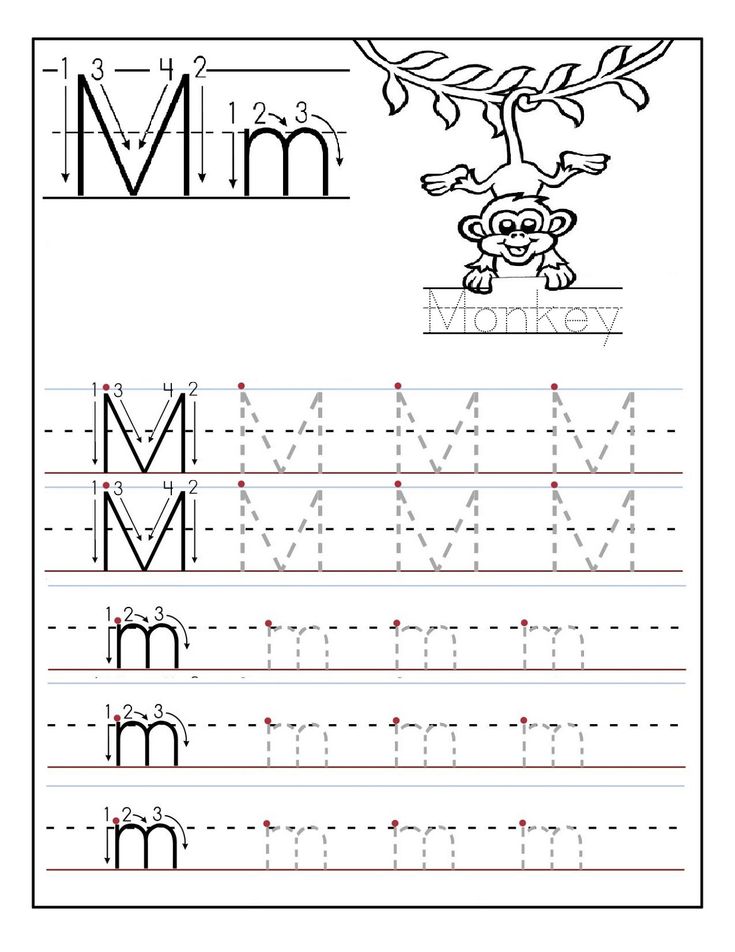 Seasonal nutrition - in winter, almost the entire diet consists of needles, cedar cones.
Seasonal nutrition - in winter, almost the entire diet consists of needles, cedar cones.
Pig-tailed macaque, or lapunder (Macaca nemestrina)
Live in Asia - Indonesia, Sumatra, Thailand, Burma (Myanmar), Kalimantan, Philippines.
Large monkeys. The body length is more than 65 cm, the tail is short, thin, sometimes hooked - hence the name. The mass of an adult male is 6-15 kg, females 5-11 kg. The coat is light brown or gray, blue eyelids, light pubescence around the face. The length of the canine in the male is about 12 mm.
They live in forests and feed on leaves, young shoots, plant buds, fungi, cereals, fruits, vegetables, insects and small animals. They emit up to 30 different sound signals.
Rhesus monkey (Macaca mulatta)
Live almost throughout Asia: Afghanistan, China, Vietnam, Thailand, India, Pakistan, Bhutan, Nepal, Bangladesh, Laos. According to some reports, rhesus monkeys are the second most common species of primates, after humans.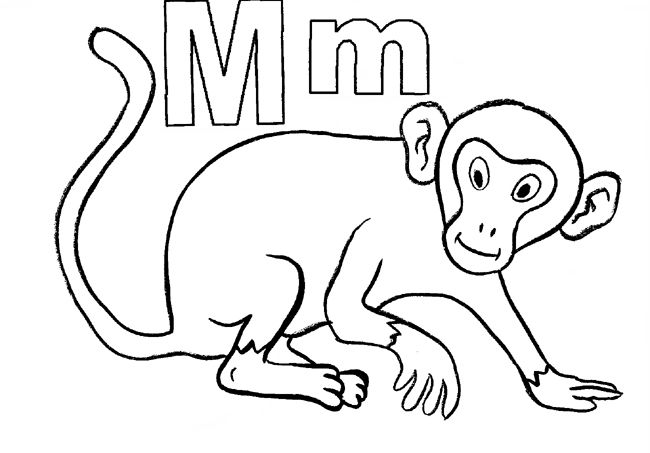 Rhesus macaques live in close proximity to humans, willingly occupying the territory developed by humans, including the outskirts of cities and villages.
Rhesus macaques live in close proximity to humans, willingly occupying the territory developed by humans, including the outskirts of cities and villages.
Monkeys of medium size, body length 40-60 cm, short tail, about half the body length, rather fluffy.
Weight of adult male 6-14 kg, female 4-10 kg. The coat is gray with a reddish or yellowish tint, red on the back half of the body. The face is bright. The length of the canine in the male is about 9 mm, in the female 6 mm. They feed mainly on plant foods - leaves, young shoots, cereals, fruits, vegetables; in habitats, about 92 plant species are included in the rhesus diet. Willingly eat worms and insects, sometimes small animals. They are not afraid of water, they can swim.
They form rather large groups and are characterized by pronounced matrilocality, according to which the cubs of the female remain in natal groups, and males usually leave them at puberty.
There is a breeding season, the peak of the mating season and the birth season varies depending on the area.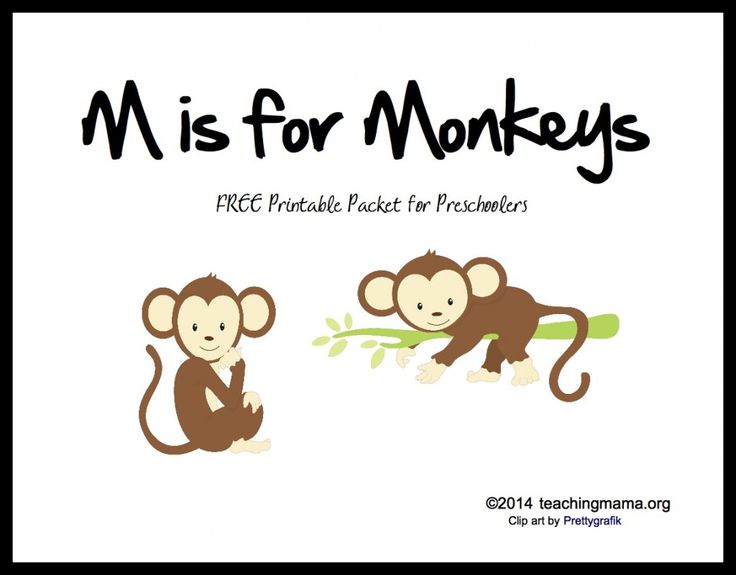 After pregnancy with an average duration of 166 days, one cub is born, the duration of milk feeding of which is at least 8-10 months.
After pregnancy with an average duration of 166 days, one cub is born, the duration of milk feeding of which is at least 8-10 months.
Up to 40% of monkey research worldwide is done in rhesus monkeys.
Javan macaque, or crabeater (Macaca fascicularis)
They live almost throughout Asia: Afghanistan, China, Vietnam, Thailand, India, Pakistan, Bhutan, Nepal, Bangladesh, Laos. According to some reports, rhesus monkeys are the second most common species of primates, after humans. Rhesus macaques live in close proximity to humans, willingly occupying the territory developed by humans, including the outskirts of cities and villages.
Monkeys of medium size, body length 40-60 cm, short tail, about half the body length, rather bushy.
Weight of adult male 6-14 kg, female 4-10 kg. The coat is gray with a reddish or yellowish tint, red on the back half of the body. The face is bright. The length of the canine in the male is about 9 mm, in the female 6 mm. They feed mainly on plant foods - leaves, young shoots, cereals, fruits, vegetables; in habitats, about 92 plant species are included in the rhesus diet. Willingly eat worms and insects, sometimes small animals. They are not afraid of water, they can swim.
They feed mainly on plant foods - leaves, young shoots, cereals, fruits, vegetables; in habitats, about 92 plant species are included in the rhesus diet. Willingly eat worms and insects, sometimes small animals. They are not afraid of water, they can swim.
They form rather large groups and are characterized by pronounced matrilocality, according to which the cubs of the female remain in the natal groups, and the males usually leave them at puberty.
There is a breeding season, the peak of the mating season and the birth season varies depending on the area. After pregnancy with an average duration of 166 days, one cub is born, the duration of milk feeding of which is at least 8-10 months.
Up to 40% of monkey research worldwide is done in rhesus monkeys.
Black or Celebes Macaque (Macaca maura)
Live almost throughout Asia: Afghanistan, China, Vietnam, Thailand, India, Pakistan, Bhutan, Nepal, Bangladesh, Laos. According to some reports, rhesus monkeys are the second most common species of primates, after humans. Rhesus macaques live in close proximity to humans, willingly occupying the territory developed by humans, including the outskirts of cities and villages.
Rhesus macaques live in close proximity to humans, willingly occupying the territory developed by humans, including the outskirts of cities and villages.
Monkeys of medium size, body length 40-60 cm, short tail, about half the body length, rather bushy.
Weight of adult male 6-14 kg, female 4-10 kg. The coat is gray with a reddish or yellowish tint, red on the back half of the body. The face is bright. The length of the canine in the male is about 9 mm, in the female 6 mm. They feed mainly on plant foods - leaves, young shoots, cereals, fruits, vegetables; in habitats, about 92 plant species are included in the rhesus diet. Willingly eat worms and insects, sometimes small animals. They are not afraid of water, they can swim.
They form rather large groups and are characterized by pronounced matrilocality, according to which the cubs of the female remain in the natal groups, and the males usually leave them at puberty.
There is a breeding season, the peak of the mating season and the birth season varies depending on the area.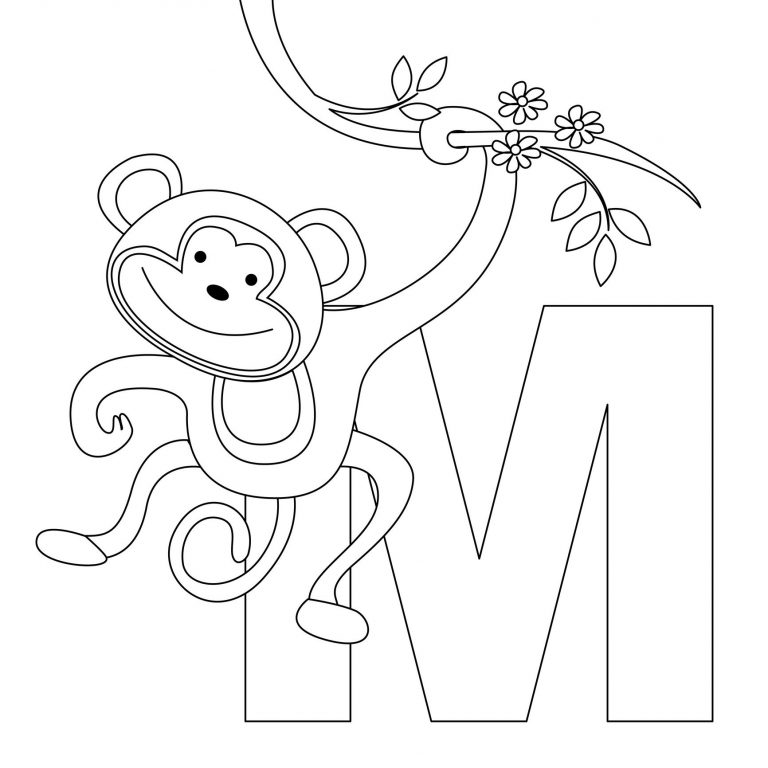 After pregnancy with an average duration of 166 days, one cub is born, the duration of milk feeding of which is at least 8-10 months.
After pregnancy with an average duration of 166 days, one cub is born, the duration of milk feeding of which is at least 8-10 months.
Up to 40% of monkey research worldwide is done in rhesus monkeys.
Brown or bear macaque (Macaca arctoides)
Live almost throughout Asia: Afghanistan, China, Vietnam, Thailand, India, Pakistan, Bhutan, Nepal, Bangladesh, Laos. According to some reports, rhesus monkeys are the second most common species of primates, after humans. Rhesus macaques live in close proximity to humans, willingly occupying the territory developed by humans, including the outskirts of cities and villages.
Monkeys of medium size, body length 40-60 cm, short tail, about half the body length, rather bushy.
Weight of adult male 6-14 kg, female 4-10 kg. The coat is gray with a reddish or yellowish tint, red on the back half of the body. The face is bright. The length of the canine in the male is about 9 mm, in the female 6 mm. They feed mainly on plant foods - leaves, young shoots, cereals, fruits, vegetables; in habitats, about 92 plant species are included in the rhesus diet. Willingly eat worms and insects, sometimes small animals. They are not afraid of water, they can swim.
Willingly eat worms and insects, sometimes small animals. They are not afraid of water, they can swim.
They form rather large groups and are characterized by pronounced matrilocality, according to which the cubs of the female remain in the natal groups, and the males usually leave them at puberty.
There is a breeding season, the peak of the mating season and the birth season varies depending on the area. After pregnancy with an average duration of 166 days, one cub is born, the duration of milk feeding of which is at least 8-10 months.
Up to 40% of monkey research worldwide is done in rhesus monkeys.
Assam Macaque (Macaca assamensis)
They live in the mountainous province in the north of India - Assam, at an altitude of up to 3000 m. Body length 40-60 cm, tail about half the body length. The mass of an adult male is 8-12 kg, females 5-10 kg. The coat is long, thick, grey. The face is light, the ears are hidden in the wool.
Like other macaque species, they feed on plant foods, including both insects and small vertebrates.
Lion-tailed macaque, or strong (Macaca silenus)
Tropical rain and mountain (up to 1500 m) forests of South and South-East India. Body length 50-60 cm in males, up to 46 cm in females, tail length 25-35 cm. Weight 5-10 kg in males, 3-6 kg in females. Dark face, thick black coat, lush mane of blond hair around the head and neck, to the chest, black long tail with a small tassel at the end.
Almost all the time they spend in the trees, they rarely come down to the ground. About 20 beeps. A varied diet: in addition to plants, it includes insects, molluscs, frogs, lizards, even snakes, also seen in group hunts for squirrels.
What is known today about the outbreak of "monkey pox" and how it can affect tourism
We collected information from official and other open sources about what "monkey pox" is, how widespread its prevalence is in the world. What are the assessments of the risk of the disease by government agencies and are there any prospects for the introduction of restrictive measures for tourists?
WHAT IS “MONKEYPOX”: DATA FROM WHO AND ROSPOTREBNADZOR OF RUSSIA
The virus was first isolated from animals in a Danish laboratory in 1958.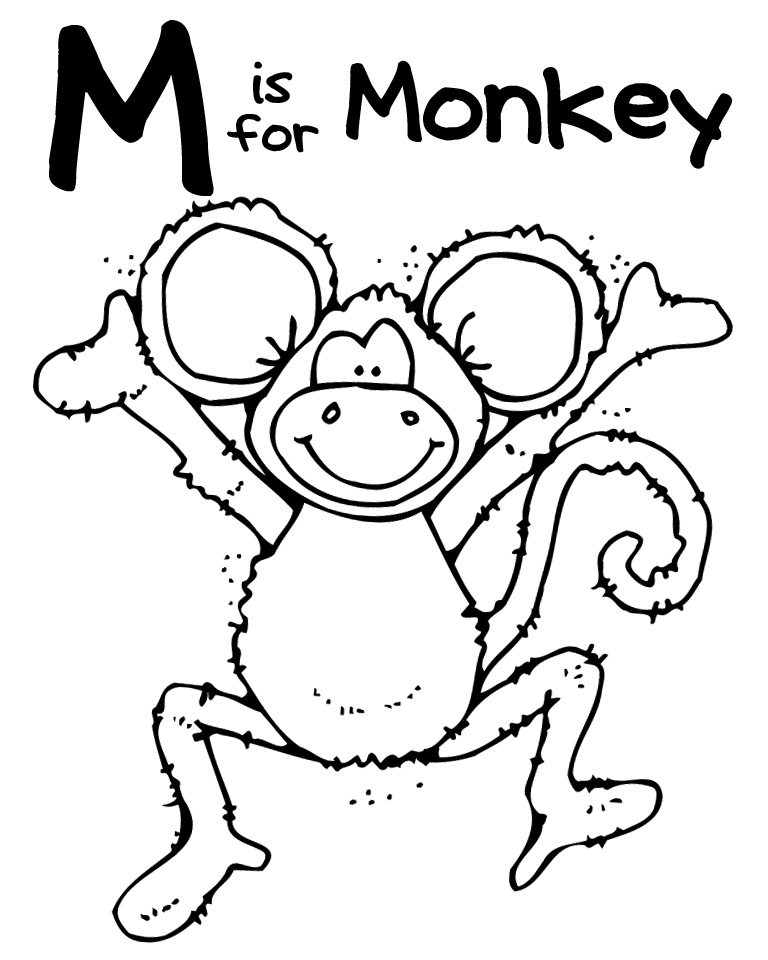 The monkeypox virus is transmitted to humans from animals - the first case was recorded in the Congo in 1970.
The monkeypox virus is transmitted to humans from animals - the first case was recorded in the Congo in 1970.
Endemic (“native”) countries for this virus are African states: Benin, Cameroon, CAR, Congo (both states), Gabon, Ghana, Ivory Coast, Liberia, Nigeria, Sierra Leone, South Sudan. But the flash is not there at all now.
Monkeypox is transmitted from person to person through close contact: contact with affected skin, secretions (eg sweat), airborne droplets (microdroplets of liquid) and contaminated materials (bed linen, clothing).
The incubation period averages 6 to 13 days, but varies in general from 5 to 21 days. Monkeypox is thought to be less contagious than smallpox and is generally milder.
Symptoms of onset:
- Headache,
- Fever above 38.5oC,
- Enlarged/inflamed lymph nodes,
- Myalgia (muscle pain and neuralgia),
- Back and lower back pain,
- Weakness,
Within 1-3 days after a person has a fever, a smallpox-like skin rash usually appears.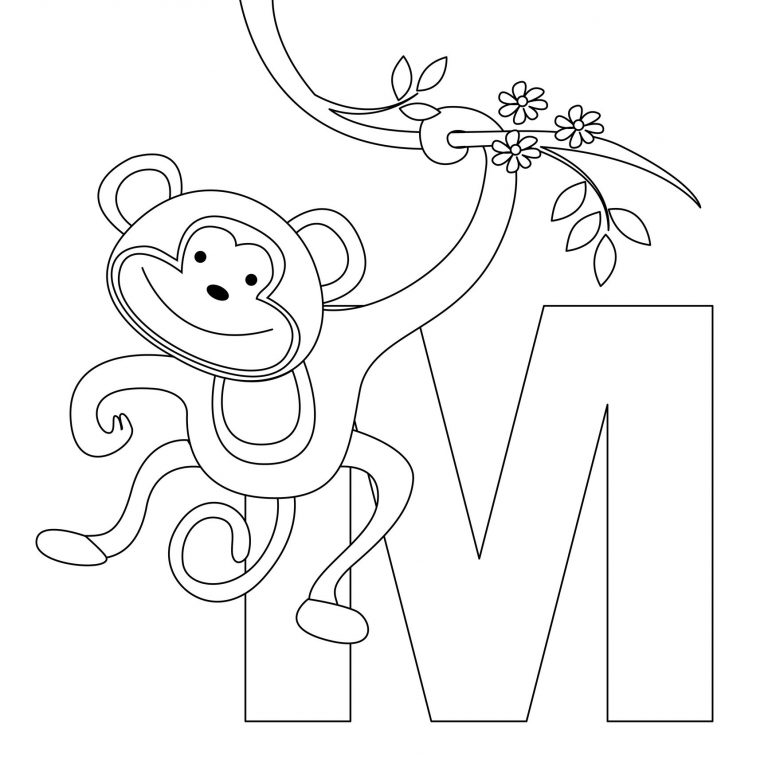 It tends to focus more on the face and limbs than on the torso.
It tends to focus more on the face and limbs than on the torso.
The likelihood of a severe course is higher in children, pregnant women and people with depressed immunity. According to WHO, two main branches of strains are distinguished: West African (considered lighter, the mortality rate is 3.6% of cases) and Central African ("Congolese"), the latter is considered more severe, the mortality rate is 10.6%.
It should be noted, however, that these mortality figures were derived by WHO on a very limited sample of cases in African countries with an undeveloped medical care system (that is, roughly speaking, this is “mortality if left untreated”). According to Rospotrebnadzor, the lethality of monkeypox ranges from 1% to 11%.
Interestingly, the media is now saying that a disease with such a lethality is mostly mild. At the same time, according to WHO data on its official website, the mortality rate of covid, due to which the whole world was closed, was 1.2%.
WHAT COUNTRIES ARE OUTBREAKS OF MONKEYPOX
The latest summary on the WHO website contains information on 92 laboratory-confirmed and 28 suspected cases of monkeypox in 12 countries that are not endemic for monkeypox virus (i. e. outbreaks in these countries did not exist before).
e. outbreaks in these countries did not exist before).
In terms of the number of detected cases, Portugal, Spain, and the United Kingdom are now leading - from 21 to 30 confirmed cases. Canada is next in line for the top three - there are many suspicions of monkeypox.
As of May 21, cases of monkeypox have already been recorded in Australia, Belgium, Canada, France, Germany, Italy, the Netherlands, Sweden, and the USA. On May 22, there were reports of cases in Switzerland and Greece.
As of May 22, according to Rospotrebnadzor, no cases of infection of Russian residents with monkeypox were registered.
Map of the distribution of monkeypox in the world according to WHO as of May 21, 2022. Source: WHO website
IS THERE A POSSIBILITY TO BE A PANDEMIC WITH TRAVEL RESTRICTIONS?
After the covid pandemic, with its complex mechanisms, largely dependent on the policies of major powers and digital media platforms, it is difficult to make any forecasts regarding the development of events.
However, based on WHO data, the likelihood of a major monkeypox pandemic with covid-like travel restrictions currently appears small.
At least according to the latest WHO report, the infection shows no signs of "importation" from countries where it is common, and its transmission so far occurs within a rather limited stratum of the population.
"To date, all reported cases in non-endemic countries have not identified any established links to travel of the sick or their contacts to countries endemic for monkeypox virus," the WHO website said on 21 May. That is, the sick did not bring this disease across the borders.
“From the information currently available, reported cases are predominantly, but not totally, found in men with a homosexual orientation who applied to primary care clinics or specialized dermatovenerological clinics (lit. “sexual health clinics”), also reports WHO.
WHO spokesman David Heymann May 22 in an interview with Reuters clarifies: "It appears that the monkeypox virus has now entered the population through sexual transmission, and is now spreading like other sexually transmitted infections.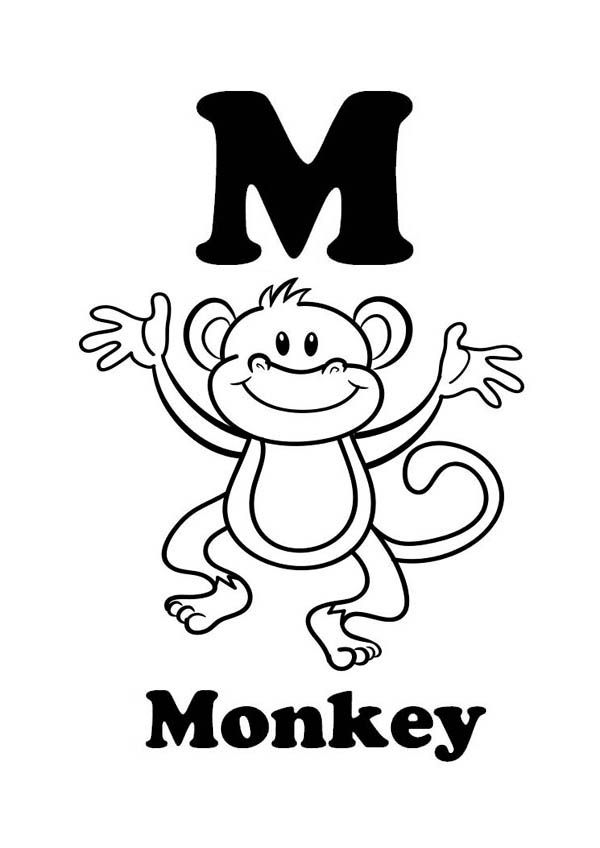 "
"
Mr. Heymann also added that WHO had held a videoconference of an international committee of experts "due to the urgency" of the monkeypox virus. At the same time, he stressed, the committee does not have the authority to declare a public health emergency of international concern.
Mr. Heimann stressed that the current outbreak of monkeypox is not like the early days of the COVID-19 pandemic, because "this disease is not transmitted as easily as covid".
If the WHO is right, then covid-like restrictions on movement cannot be expected in the case of monkeypox, if only because the prevailing mechanism of spread is not the same.
AFTER COVID, STATES “BLOW ON THE WATER”: THERE IS A LITTLE PANIC
Nevertheless, against the backdrop of the almost ended coronavirus pandemic, the sanitary authorities of many countries began, according to a well-known proverb, “to blow on the water, having burned themselves with milk.”
Thus, a number of states have already announced a mandatory quarantine of 21 days for those who are ill or for those who are suspected of having this disease (based on symptoms). Contact persons must be tested.
Contact persons must be tested.
Belgium, Italy, UAE have already announced such a policy. The Abu Dhabi Department of Health, in the text of its statement, indicates that the UAE is likely to import the virus from abroad "against the backdrop of an increase in international travel."
We emphasize, however, that in the cases of these three countries, there is no question of testing travelers and quarantine for them - everything concerns so far only cases detected within these countries. No countries are quarantined for tourists.
The Rospotrebnadzor of the Russian Federation reported that "the risk of importing the infection to Russia is assessed as low", referring to the limited volume of air traffic with other countries. But they added that they had stepped up "sanitary controls at the border" in connection with reports of cases of monkeypox. What specifically expressed such an increase, the department did not specify.
However, the PCR tests for monkeypox were ready surprisingly quickly. “To quickly identify possible cases of monkeypox, the Vector research center of Rospotrebnadzor promptly created an autonomous test system and successfully conducted its laboratory tests,” the message reads in the official Telegram account of the sanitary department of the Russian Federation.
“To quickly identify possible cases of monkeypox, the Vector research center of Rospotrebnadzor promptly created an autonomous test system and successfully conducted its laboratory tests,” the message reads in the official Telegram account of the sanitary department of the Russian Federation.
US President Joe Biden has also commented on the monkeypox outbreak. He stated that the disease was "a concern because there will be consequences for its spread."
“I haven't been told the level of exposure yet, but it's something everyone should be concerned about. We are working hard to understand what to do and what kind of vaccine, if any, may be available, ”USA Today quoted Biden as saying.
Later, National Security Adviser Jake Sullivan told reporters that the US already had vaccines "ready to use".
ARE THERE VACCINES FOR MONKEYPOX
In fact, there is much doubt about the availability of specialized monkeypox vaccines. Most likely, these are some closed developments of past years (perhaps the United States decided to revive them).




